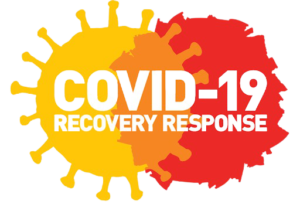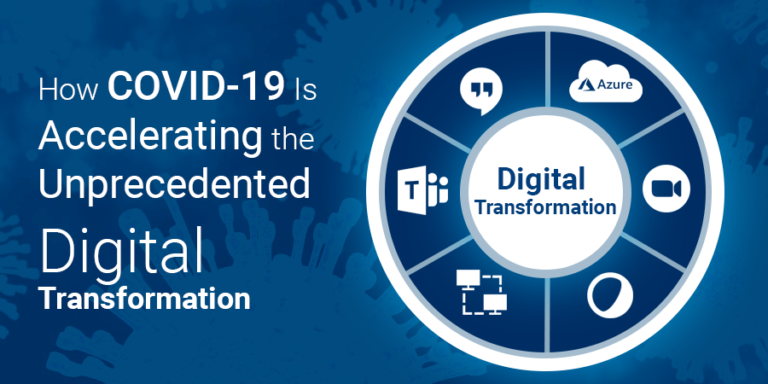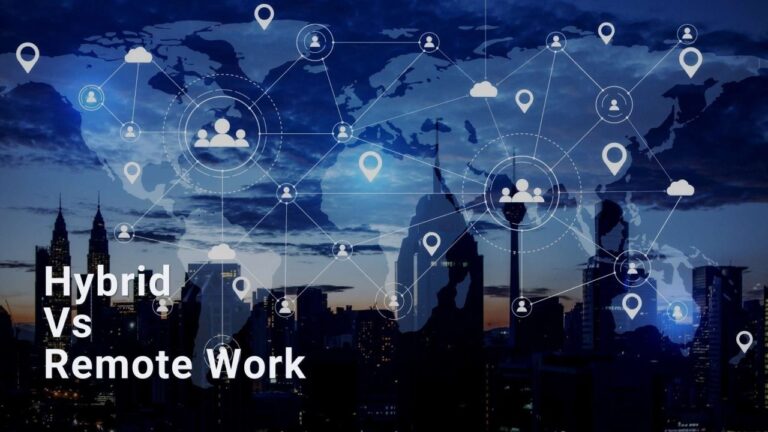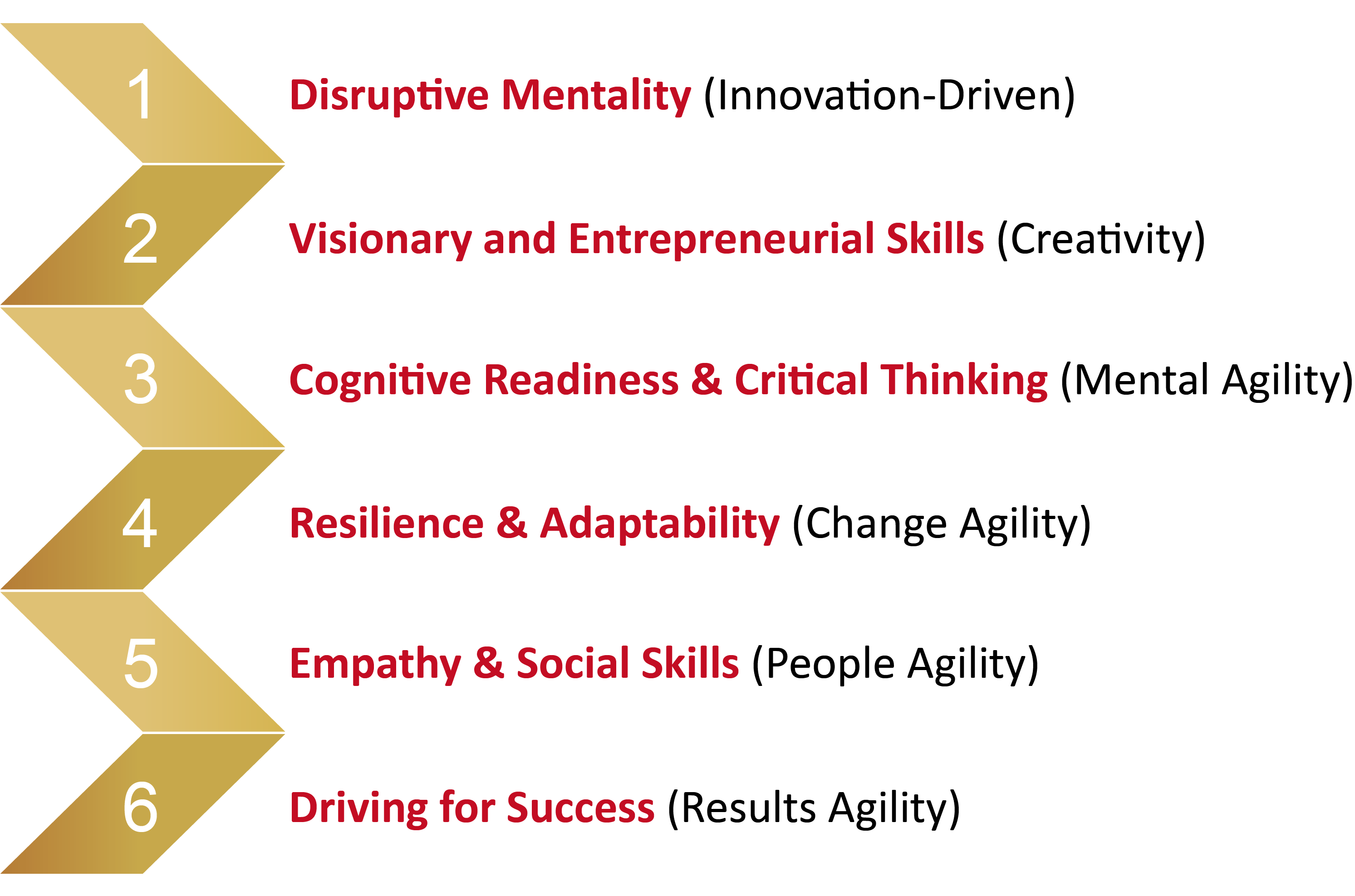The broad adoption of “remote” processes – telework, telemedicine, virtual schooling, ecommerce and more – is growing. In the post-pandemic era of years to come, there will be more people working from home, more virtual social and entertainment interactions and fewer forays in public than has been in the case in recent years.
We’ve also seen dramatic shifts in ways of working, such as team-based remote and hybrid working models, and an overall focus on business agility. These shifts, catalyzed by COVID-19 response and accelerated by technology adoption, are solidifying into business cultures that can provide greater resiliency in a post-pandemic workplace.
Remote work is here to stay as organizations across the globe will keep supporting and developing policies related to “Work-from-Home” (WFH) even after this crisis is over. Since COVID-19 has upended work and office life, even companies with fewer resources and slowermoving cultures are likely to follow. An emerging form of remote work allows employees to “Work-from-Anywhere” (WFA) so that the employees can choose to live in any geographic location of choice. While traditional WFH programs offer the worker temporal flexibility, WFA programs offer both temporal and geographic flexibility.
Artificial intelligence, virtual reality, augmented reality, deep learning, machine learning and natural language processing will make virtual spaces feel much more real, in-person, authentic and effective.
The hybrid model (also called the hybrid remote work model) is one where some employees work remotely while some work onsite. Generally, a hybrid team is more flexible, and employees can decide whether they want to work in an office environment or a remote one. In the hybrid approach, having the choice to select the work environment may significantly improve employee productivity.
As organizations shift to more remote work operations, explore the critical competencies employees will need to collaborate digitally, and be prepared to adjust employee experience strategies. Consider whether and how to shift performance goal-setting and employee evaluations for a remote context.
Hence, the Remote (Virtual) or Hybrid model is here to stay, and leaders need to understand the benefits and challenges from a leadership and followership perspective.






